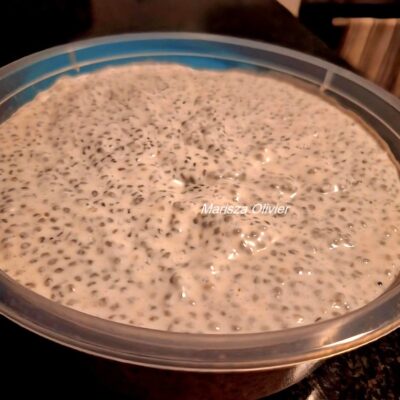(Uzbekistan meat and rice pilaf)
Plov is the king of Uzbek cuisine, served during a wedding feast, to celebrate the arrival of honorable guests, at the crowded major celebrations as well as within the family circle. Neither a friendly dinner nor funeral repast can do without plov. Dishes made of rice are known in almost in every country of the region, but the Uzbek plov, the recipe for which was created in ancient times, is claimed by locals to be a masterpiece of culinary art. There are many folk parables and legends about the healing and nourishing qualities of plov. Uzbek people believe that the very name for plov – “osh-polov” contain the first letters of the names of the dish basic ingredients: onion, carrot, meat, oil, salt, water and rice. – By Rustam Miszaev
Plov has always been the favorite dish in Uzbekistan. A few centuries ago plov was cooked within rich families almost every day. Well-to-do people ate it once a week – every Friday eve. For the poor people plov was an infrequent dish which was served only during big holidays.
In the Uzbek family, day to day food is cooked by woman, but it is the male who is reputed to possess the skills of making real festive plov.
There are more than fifty varieties of plov in Uzbek cuisine: with meat or chicken, peas or potato; cooked in steam or sheep fat being the basic. There are variants, for example th Khorezmian or Samarkand version has quince or garlic. The ancient recipes for plov, with quails and raisins, or plov made of rice of ‘waxy ripeness’, have been preserved unchanged since the 10th – 12th centuries, whereas some techniques of making “classical plov” are one thousand-years old.
Following centuries-old traditions, Uzbekistan plov is served mainly in the evening for dinner. The indispensable additions to plov are salads with fresh or pickled vegetables, fruit and berries, tomatoes, cucumbers, horseradish, radish, onion, pomegranate grains, sour grape, cherry and strawberry, all supplemented with greens, coriander, parsley and dill, garlic, and basil leaves. Such salads not only enrich plov with vitamins but also provide better digestion of this rather fat dish.
Source: https://www.travelcentre.com.au/FoodWineBeer/uzbek_food.htm
UZBEK PLOV
(Uzbekistan Pork and Rice Pilaf)
The original and traditional recipe use lamb meat. I adapted it for pork meat and reduced the cooking time somewhat for the pork, but added the original cooking times for the lamb in brackets next to my times.
- 2 cups basmati rice
- 4 heads garlic, whole
- ½ cup vegetable oil
- 1 kg pork meat cubes (or lamb meat cubes)
- 2 large onions, thinly sliced
- 5 large carrots, coarsely grated
- 2 tablespoons cumin seeds (crushed)
- 2 tablespoons coriander seed (crushed)
- ½ cup of raisins
- 1 teaspoon whole black peppercorns
- 2 cups boiling water to cover
Place basmati rice in a large bowl and cover with warm water. Set aside. Wash heads of garlic. Set aside.
Heat vegetable oil in a dutch oven or large skillet over high heat until smoking, then add pork, turning occasionally until the meat is evenly browned, about 6 (10) minutes. Stir in the onions; cook and stir until the onion has softened and browned, about 6 (10) minutes. Stir in the carrots; cook and stir until the carrots have softened, about 6 (10) minutes. Sprinkle with cumin, coriander, raisons, and peppercorns. Drop whole garlic heads into the mixture, stirring to evenly distribute ingredients. Reduce heat to medium. Cover and cook for 20 (30) minutes.
Wash and drain basmati rice with hot water. Pour cleaned rice over the pork mixture in an even layer. Slowly pour in the boiling water. The rice should be covered with about ¾ inch of water. Do not stir. Season with salt, and reduce heat to medium-low. Cover and cook until rice is tender, and the liquid has been absorbed, about 20 minutes. Stir rice and meat together, and serve with the garlic heads on top.
Recipe posted by Adam Cloete
Photo: Adam Cloete












